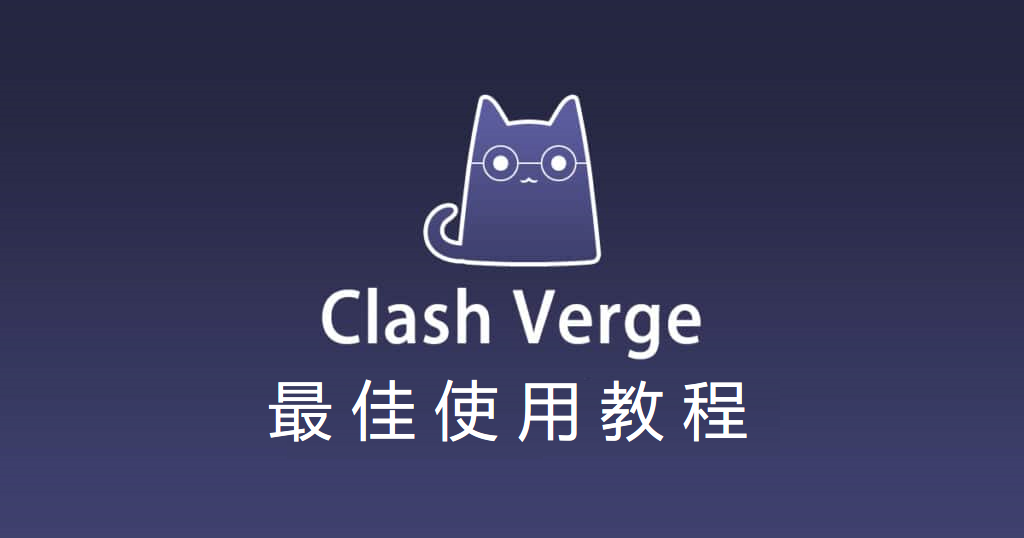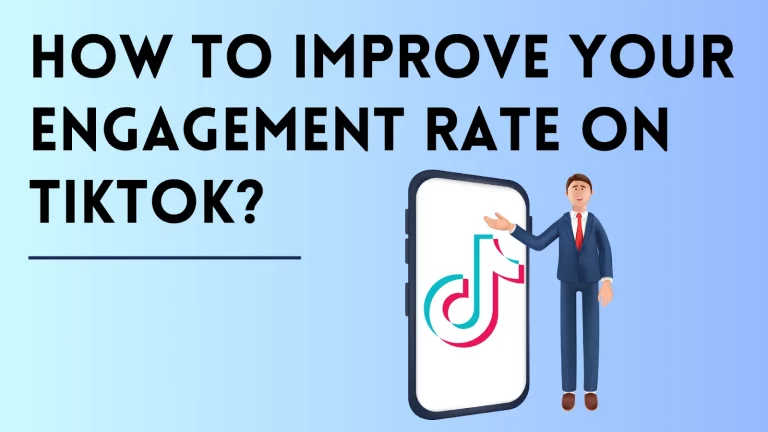The term clash verge has gained prominence across various domains—from gaming and cybersecurity to political conflicts and business rivalries. It describes those pivotal moments when tensions are on the brink of explosion, signaling a potential shift towards conflict, upheaval, or transformation. Understanding the clash verge is crucial in today’s interconnected world, where the ability to anticipate, recognize, and manage such critical junctures can determine the stability of nations, companies, or digital systems.
Unpacking the Meaning of “Clash Verge”
What is a Clash?
A clash typically refers to a direct confrontation, disagreement, or conflict between parties. It can be physical, verbal, ideological, or technological. In gaming, a clash might symbolize hostile encounters between players; in politics, it could be a heated debate or a military standoff. Essentially, it implies a point where opposing forces meet with the potential for escalation.
The Significance of “Verge”
The word verge indicates being on the edge or brink of something significant. It suggests that a situation is precariously balanced and could tip into conflict or resolution with the slightest provocation. When combined, clash verge describes a critical threshold—an imminent conflict poised to erupt or resolve, depending on various factors.
Combining the Terms
Thus, clash verge signals a scenario where tensions or conflicts have reached a critical point. The landscape is fraught with the potential for rapid change, where stakeholders, systems, or nations are vulnerable to crossing into open conflict or resolution. This concept is applicable across numerous fields, highlighting the importance of timing and strategic responses.
Theoretical Insights into the Clash Verge
Situations Approaching a Critical Threshold
Many conflicts, whether societal or technological, follow patterns where tensions gradually build before reaching the clash verge. This can be seen in escalating diplomatic disputes, cyber threats approaching breach points, or market competition nearing a disruptive breakthrough.
The Precipice of Upheaval
The clash verge embodies the concept of being on the precipice—an almost inevitable shift triggered by accumulated pressures that finally reach breaking point.
Metaphorical vs. Literal Interpretations
While often used metaphorically, the clash verge can also be literal—such as a military standoff or a cybersecurity vulnerability nearing exploitation. Both interpretations underscore the urgency involved in addressing these situations before they escalate.
The Clash Verge Across Different Domains
Gaming
Significance in Multiplayer and Battle Games
In gaming, the clash verge often signifies a player’s or team’s critical moment—when resources, strategies, or positioning are at their tightest, and the outcome hinges on a last-minute move. Recognizing this point can influence whether a team capitalizes on the situation or falls into defeat.
Scenario Examples
- Players approaching a final showdown at a narrow choke point
- Teams on the brink of capturing a vital objective
Strategies to Navigate the Clash Verge
- Employing deception or defensive tactics to delay or avoid confrontation
- Timing attacks to catch opponents off-guard
Political and Social Conflicts
Tipping Points in Societal Tensions
In politics, the clash verge can be observed during protests escalating toward violent clashes or diplomatic negotiations nearing a breakdown. Societies often display warning signs—rising unrest, polarized narratives, or unaddressed grievances—that highlight the imminent risk of conflict.
Examples of Approaching Conflicts
- The Egyptian revolution in 2011 escalating to a full-scale uprising
- Trade negotiations stalling and approaching a breakdown
Impact on Governance and Stability
Actions taken at or before the clash verge can either diffuse tensions or catalyze chaos, affecting long-term stability.
Technology and Cybersecurity
Vulnerabilities Nearing Exploitation
In the realm of cybersecurity, the clash verge might refer to a system vulnerability that is nearly exploited by cybercriminals or hostile actors. Recognizing these signs allows organizations to strengthen defenses before the breach occurs.
Preventive Measures
- Continuous monitoring of critical systems
- Timely patching and updates
- Incident response planning
Business and Market Dynamics
Companies or Markets at a Tipping Point
In markets, the clash verge can describe when competition heats up to the point of a paradigm shift—such as technological disruption or regulatory intervention. Businesses at this threshold need strategic agility to avoid being overtaken or to seize new opportunities.
Examples of Market Clashes
- Emerging tech firms challenging industry giants
- Regulatory changes threatening existing business models
Common Characteristics of the Clash Verge Situation
Indicators Signaling Imminent Conflict
- Rising tensions and unaddressed grievances
- Escalating frequency or intensity of incidents
- Polarization of stakeholders
- Significant system vulnerabilities or resource depletion
Patterns Across Domains
- Gradual escalation leading to sudden escalation
- Multiple warnings before the breaking point
- Classical signposts such as breakdowns in communication or resource exhaustion
The Role of Urgency and Tension
At the clash verge, time becomes critical. Rapid responses can avert disaster or exacerbate it. Tension often manifests as stress, unpredictability, and heightened emotional or technical states that demand decisive action.
The Consequences of Reaching the Clash Verge
Positive Outcomes
- Opportunities for resolution and growth
- Innovative breakthroughs spurred by crisis
- Realignment of priorities toward constructive paths
Negative Outcomes
- Escalation into full-blown conflicts
- Damage to relationships, stability, or systems
- Long-term repercussions like loss of trust or economic downturns
Strategies for Managing the Clash Verge
Prevention Techniques
- Open and transparent communication channels to address grievances early
- Utilizing conflict resolution frameworks like negotiation or mediation
- Proactive monitoring of tensions and vulnerabilities to catch early signs
Resolution Methods
- Negotiation and diplomatic engagement
- Mediation involving third-party facilitators
- Building consensus before conflicts escalate past manageable levels
Case Studies: Real-Life Examples of Clash Verge Situations
Example 1: Political Crisis Approaching the Clash Verge
The breakup of Yugoslavia in the 1990s exemplifies a nation nearing the clash verge—initial tensions rooted in ethnic divides escalated into violent conflict when diplomatic efforts failed.
Example 2: Tech System Vulnerability Nearing Breach
The WannaCry ransomware attack targetted critical systems in 2017, showcasing a cybersecurity scenario where vulnerabilities were on the verge of being exploited on a massive scale.
Example 3: Market Rivalry on the Cusp of Transformation
The competition between ride-sharing companies like Uber and Lyft highlights a market at the clash verge of disruptive innovation—potentially leading to industry reshaping or consolidation.
Future Outlook and Strategic Implications
Trends Indicating Increasing or Decreasing Clashes
- Rising global political polarization heightening clash verge scenarios worldwide
- Technological advancements both exacerbating and mitigating vulnerabilities
The Importance of Early Intervention
Proactively addressing issues before they reach the clash verge can prevent catastrophic consequences—making early detection vital.
Preparing for Inevitable Clashes
Systems and stakeholders should develop strategies, such as contingency planning and stress testing, to navigate conflicts effectively when they occur.
Summary Table: Recognizing the Clash Verge Across Domains
| Domain | Main Indicators | Examples | Potential Outcomes |
|---|---|---|---|
| Gaming | Positioning, resource depletion, uncertainty | Final showdown, objective contest | Victory, defeat, strategic advantage |
| Politics | Polarization, unrest, diplomatic breakdown | Protests escalating, treaty negotiations faltering | Revolution, conflict resolution, policy change |
| Cybersecurity | Vulnerabilities, attack signatures, system overload | Mass data breach, ransomware attack | System failure, data loss, improved defenses |
| Business | Market share shifts, disruptive innovations, regulatory pressures | Industry disruption, corporate mergers | Market transformation, new industry standards |
Key Takeaways and Practical Tips
- Monitor early warning signs in your environment—be it political, technological, or market-related
- Maintain open communication channels to prevent misunderstandings
- Employ conflict resolution strategies proactively
- Invest in system resilience and cybersecurity measures
- Stay informed about evolving trends to anticipate potential clash verges
Frequently Asked Questions (FAQ)
- What exactly is a clash verge? It is a critical point where tensions or conflicts are about to erupt or resolve, often signaling an imminent shift or crisis.
- How can I identify the clash verge in a situation? Look for warning signs such as rising tensions, system vulnerabilities, unaddressed grievances, and pattern escalation over time.
- Can the clash verge be avoided? Yes, through proactive management, open communication, conflict resolution, and early interventions.
- What are common characteristics across clash verge scenarios? Escalation patterns, polarization, resource depletion, and urgent tensions that demand swift action.
- What are the risks of reaching the clash verge? Escalation into conflict, systemic damage, long-term instability, or missed opportunities for resolution.
- How do organizations prepare for potential clash verges? By implementing monitoring tools, contingency plans, crisis communication strategies, and fostering collaborative cultures.
- Are there positive outcomes from a clash verge situation? Absolutely. They can catalyze necessary change, innovation, and strategic realignment when managed correctly.
- What role does technology play in managing clash verges? Tech helps detect early warnings, strengthen defenses, and facilitate communication during critical moments.
- What trends indicate future clash verges? Increasing polarization, rapid technological change, and global interconnectivity suggest these critical points may become more frequent.
- Where can I learn more about conflict management and crisis prevention? Reputable sources include the United Nations (https://un.org) and the Harvard Program on Negotiation.
Recognizing the clash verge is more than an academic exercise; it’s a practical necessity in our volatile world. Whether in digital systems, political landscapes, or business environments, being alert to these critical moments enables us to act wisely, prevent needless suffering, and turn potential crises into opportunities for constructive change. Staying vigilant, maintaining clear communication, and employing strategic interventions are essential tools in navigating the complex terrain of modern conflicts.





